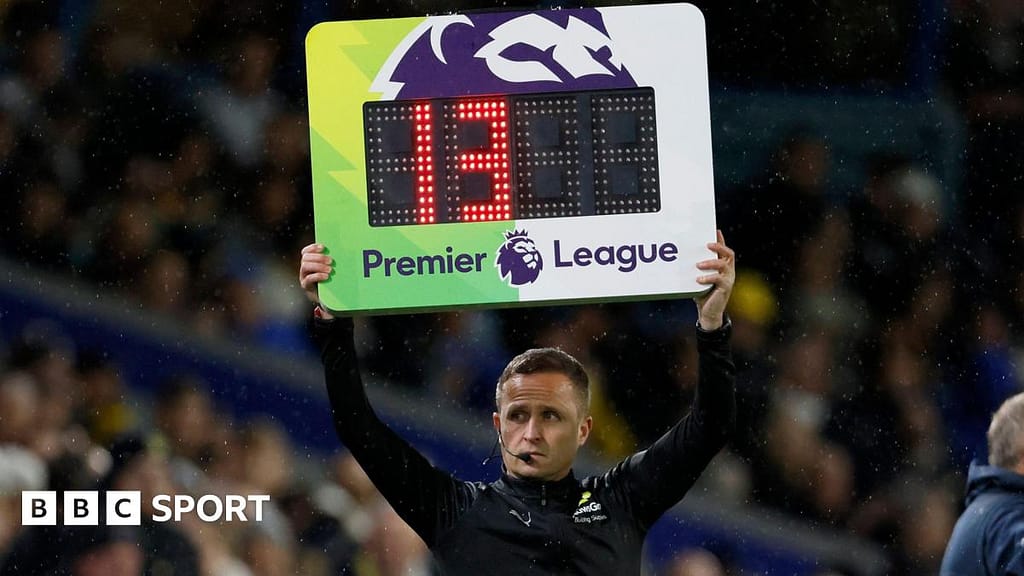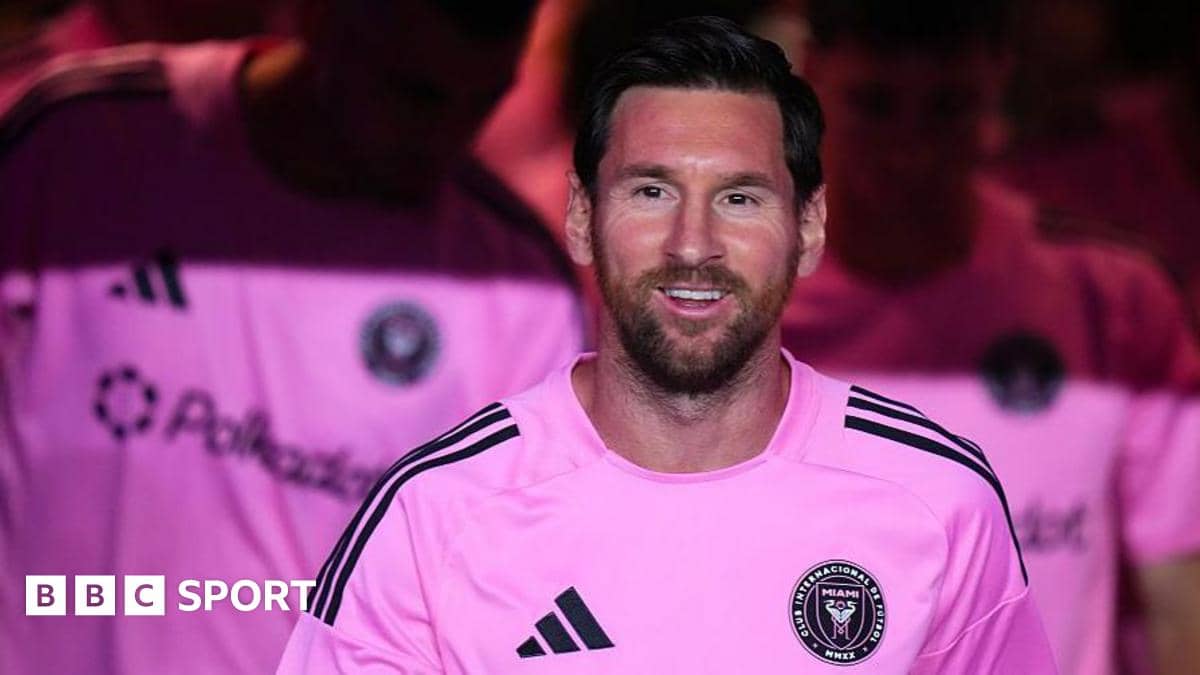
One concern about switching to two 30-minute halves is the footprint of a match would theoretically have no fixed end point.
But is that really the case?
We’ll use the average time of a game in the Premier League – 100 minutes and 46 seconds – as our base point for comparison.
With a 60-minute clock that stopped as the ball went out and restarted when it came back in, a match featuring the average time lost to corners, goal-kicks and throw-ins would last 98 minutes and 35 seconds.
Add on the average time taken for free-kicks, and we wouldn’t be too far over that 100 minutes and 46 seconds. So, on those numbers, the game’s footprint would not be too much longer than it is now.
But that’s the average game, of course. If we return to the earlier example of Slavia Prague v Arsenal, that would have taken more than two hours to complete.
That uncertainty over the length of matches – especially those played in the evening – isn’t good for fans.
Equally, we can’t predict how player behaviour would change. With no direct benefit from time-wasting, would we still see such extremes as in that European tie in Prague? Or would it actually get worse, as a quick restart makes no difference?
Perhaps the biggest issue for supporters at the matches – at least as things stand – would be knowing how long had been played.
Many grounds only have one stadium clock that isn’t visible from all stands – and as you go down the divisions, they are in even shorter supply.
Right now, fans at least have a rough idea of the time that has elapsed in a game, and get stoppage time from the boards raised at 45 and 90 minutes. Without a visible match clock, it would be much harder to know how long is remaining.
And at grassroots level in particular, that becomes a major issue.
Major League Soccer did try a version of this for the first few seasons from its launch in 1996 through to 1999.
The clock started at 45:00 and counted down to zero being paused when the referee deemed necessary, such as for a significant stoppage for an injury.
However, unlike the 60-minute idea, this version did not account for the ball being out of play in the general run of the game.




